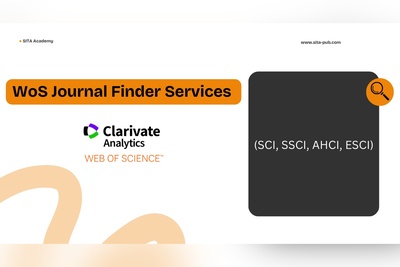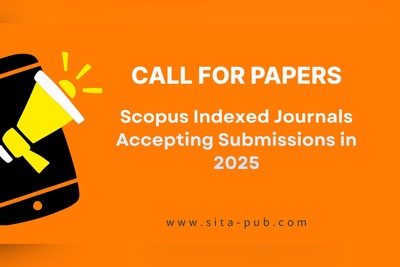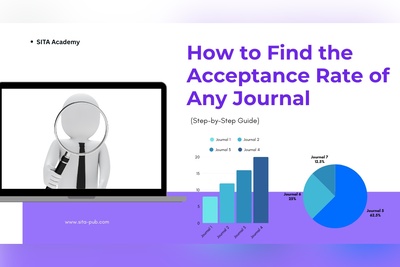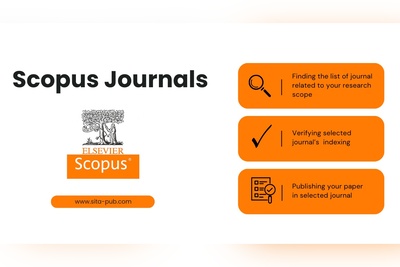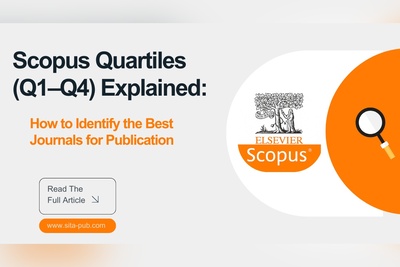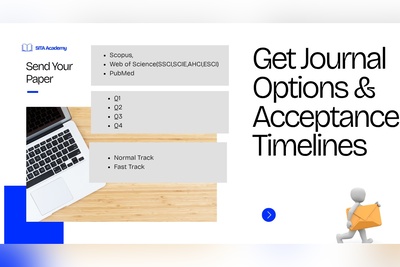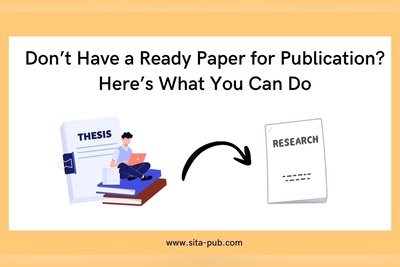Get Access to List of Scopus Journals + Fees and Timelines 2025
Get practical guidance on how to access up-to-date lists of Scopus-indexed journals, understand publication fees, and track acceptance and publication timelines in 2025. Learn tips for choosing the right journal beyond costs and deadlines.
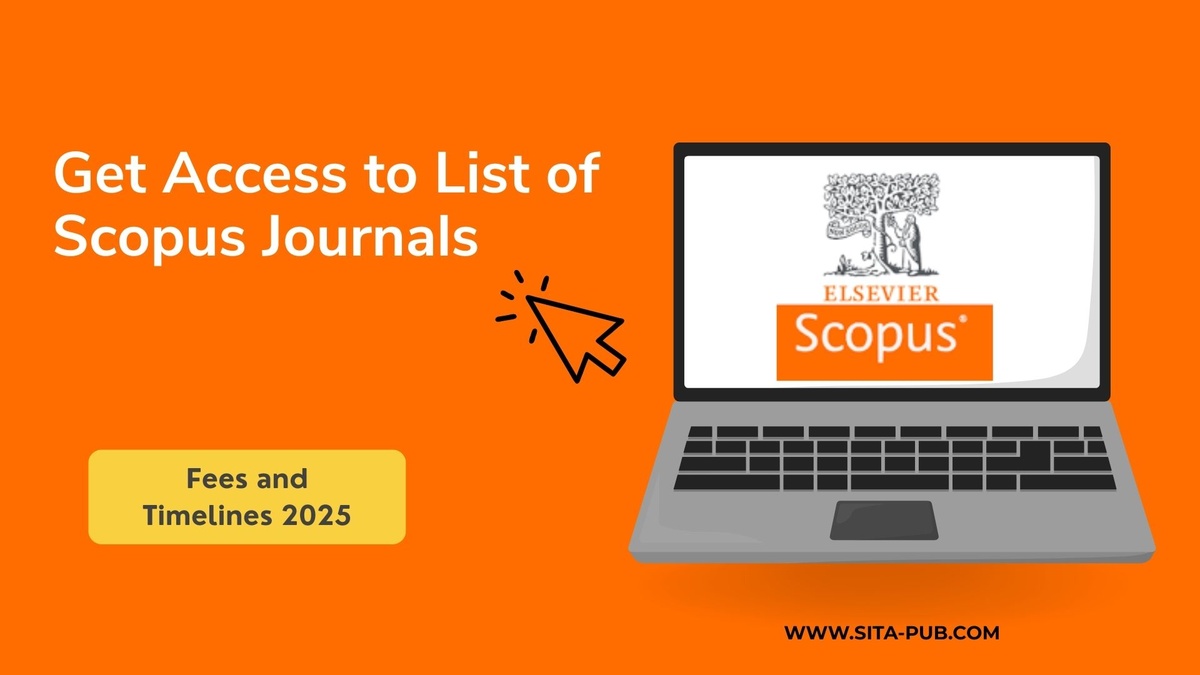
Publishing in a Scopus-indexed journal is a big achievement for any researcher. These journals are respected worldwide because they maintain high standards through thorough peer review and have a strong academic reputation. But with thousands of Scopus journals out there in 2025, finding the right one for your research—and figuring out the fees and how long publication will take—can be confusing and time-consuming.
Before you hit “submit,” it’s really helpful to know how to find a trustworthy, up-to-date list of Scopus journals. You also want to understand what fees might be involved and get a clear idea of how long the review and publication process usually takes. Having this information upfront saves you from surprises, helps you pick the journal that’s the best fit for your work, and lets you plan your budget and timeline realistically.
In this article, we’ll walk you through practical ways to access Scopus journal lists, break down the common fees you might encounter, and explain how to check typical acceptance and publication times. Plus, we’ll show how SITA Academy can make this whole process easier by providing tailored journal lists and guidance, helping you get your research published smoothly in 2025.
1. How to Get Access to List of Scopus Journals

a) Scopus Official Website
The first and most reliable source to access Scopus-indexed journals is the official Scopus website by Elsevier. They provide an updated Scopus Sources database where you can:
Search journals by subject area, title, publisher, or ISSN.
Check indexing status and journal metrics.
Download the full list or filtered lists for your convenience.
How to use:
Visit Scopus Sources and use the search bar or filters to narrow down journals by your research field or country. This tool is free to use but requires registration for full features.
b) Journal Finder Tools
Several publishers and third-party platforms offer journal finder tools that include Scopus-indexed journals:
Elsevier Journal Finder: Helps you find Elsevier journals based on your manuscript’s title and abstract.
Springer Journal Suggester: Suggests journals indexed in Scopus and other databases.
ResearchGate and Academic Social Networks: Sometimes feature curated lists or discussions about Scopus journals.
How to use:
Input your article title or keywords, and these tools will generate a list of potential journals, complete with indexing info and publication details.
c) University and Research Center Libraries
Many universities subscribe to Scopus and maintain internal databases or guides listing Scopus journals relevant to their research disciplines.
Access these through your institution’s library website or research support services.
Librarians often assist researchers by providing lists, journal recommendations, and verification of indexing status.
How to use:
Check your university’s digital library resources or contact research support staff for guidance on Scopus journals.
d) Publication Support Services and Consultants
There are professional services and consultancies, such as SITA Academy, specializing in assisting researchers with journal selection.
These services maintain extensive curated lists of Scopus journals sorted by subject, fees, and publication timelines.
They also provide personalized recommendations based on your research scope.
How to use:
Submit your research topic or manuscript details to these services to receive tailored journal lists and publishing guidance. (Chat via WhatsApp Button)
2. How to Understand the Fees Associated with Each Scopus Journal

Publication fees, often called Article Processing Charges (APCs), vary widely among Scopus journals. Understanding these fees is critical to budgeting your research publication.
Types of Fees
Submission Fees: Some journals charge a fee just for submitting your manuscript, regardless of acceptance.
Publication or APC Fees: Charged if your article is accepted; covers costs of peer review, editing, and hosting.
Open Access Fees: Many Scopus journals offer open access publishing for an additional fee, making your article freely available to readers.
Additional Fees: Fees may apply for extra pages, color figures, or expedited review.
How to Find Fee Information
Journal Websites: Most journals have a clear “For Authors” section listing all fees.
Publisher Platforms: Check publisher portals like Elsevier, Springer, Wiley, which summarize fees for their journals.
Contact Editorial Office: If fee information is unclear, reach out to the journal’s editorial office directly.
3. How to Understand the Publication and Acceptance Timeline for Each Scopus Journal

Publication timelines impact when your research becomes publicly available.
Key Timeline Stages
Initial Editorial Screening: Time taken to decide if your paper fits the journal.
Peer Review Duration: Can range from weeks to months depending on the journal and field.
Revision Process: Time you have to revise and resubmit based on reviewer comments.
Final Decision and Production: Time after acceptance to publication, including copyediting and typesetting.
How to Find Timeline Information
Journal Websites: Many journals publish average review and publication times in the author guidelines.
Author Experiences: Platforms like Publons and academic forums often share timelines based on real submissions.
Publisher Reports: Some publishers release statistics on average times to first decision and publication.
Tips for Choosing the Right Journal Beyond Fees and Timelines
When selecting a journal for your research, it’s important to look beyond just publication fees and timelines. Here are five practical factors to help you pick the best journal for your work:
1. Journal Scope
Make sure the journal’s focus matches your research topic. Check the journal’s “Aims and Scope” section on its website and review recent articles to see if your work fits. Submitting to a journal outside its scope often leads to rejection.
2. Audience
Consider who reads the journal. Is it specialists in your field, a broader academic community, or industry professionals? Publishing where your target readers are increases your paper’s impact and citations.
3.Open Access Options
Open access journals let anyone read your work for free, which can boost visibility. However, many charge Article Processing Charges (APCs). Check if your budget allows for open access or if the journal offers free or hybrid options.
4. Impact Factor and Metrics
Look at the journal’s impact factor or similar metrics like CiteScore or SJR. Higher metrics often mean wider recognition, but don’t pick a journal solely on numbers—make sure the scope and audience also fit.
5. Acceptance Rate
A journal with a very low acceptance rate can be competitive and slow. If your research fits well, a moderate acceptance rate journal may offer a smoother path to publication.
By considering these factors alongside fees and timelines, you’ll improve your chances of publishing successfully and reaching the right audience.
Journal Selection Assistance
At SITA Academy, we understand how overwhelming the process of selecting a suitable Scopus journal can be. That’s why we maintain an extensive, updated list of Scopus journals across multiple fields — complete with detailed information on their publication fees and timelines.
Whether you’re just starting your publication journey or looking to find a journal that perfectly matches your research scope and budget, we can help. Thousands of researchers have successfully published with our support.
Submit your research scope to our website today and receive a personalized list of Scopus journals tailored to your needs, along with all relevant fee and publication timeline details. Let us simplify your publishing process and help you get your research recognized globally.
Verified Contact Channels
If you have any questions, inquiries, or would like to learn more about our services, please don't hesitate to reach out to us. Our dedicated team is ready to assist you.





